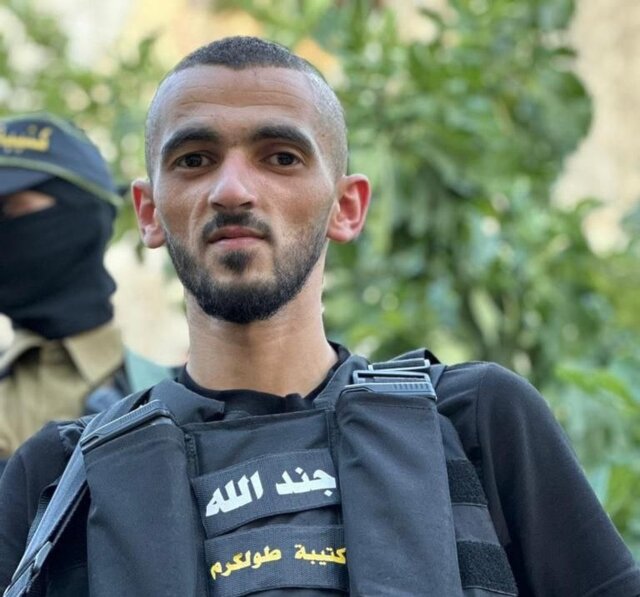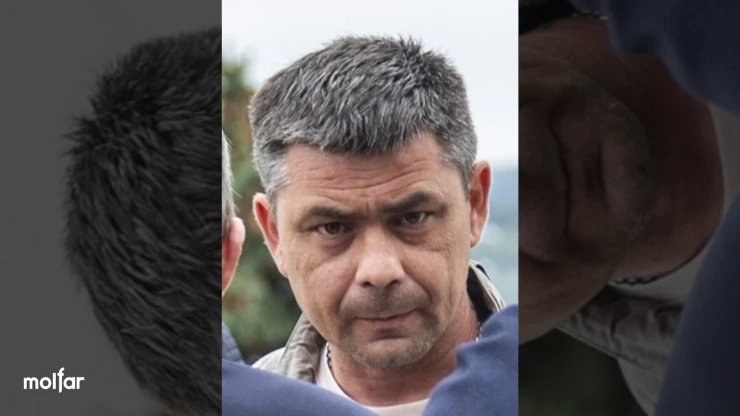AL-BARNAWI VS. SHEKAU—JIHADIST RIVALRIES IN NIGERIA
AL-BARNAWI VS. SHEKAU—JIHADIST RIVALRIES IN NIGERIA
In August 2016, the Islamic State designated Abu Mus’ab al-Barnawi as the new leader of its Islamic State in West Africa Province (ISWAP) (Jihadology, August 3, 2016). Abubakar Shekau, in turn, was dropped from that position, leading him to revive Jamā’at Ahl al-Sunnah li-l-Da’wah wa-l-Jihād (commonly referred to as Boko Haram), which had been dormant since 2014. Prior to the “promotion” of al-Barnawi, Mamman Nur, a longtime group member who has significant jihadist connections abroad, and Abu Fatima, a top battlefield commander, delivered sermons to their fighters decrying Shekau’s excessive brutality, unpredictability and failure to abide by the Islamic State’s orders (Sahara Reporters, August 5, 2016). It was only after their sermons that the Islamic State finally announced the leadership change from Shekau to al-Barnawi, suggesting the two events were connected.
Two years later, however, Nur fell out of the Islamic State’s favor and the group ordered ISWAP commanders to kill him, which occurred in September (Daily Trust, September 14). The apparent proximate reason for ordering the purge of Nur was that the Islamic State suspected Nur received some payments on the side when ISWAP released around 100 Muslim schoolgirls kidnapped from Dapchi back to their villages, even though Islamic State approved the return itself (Vanguard, March 24). More broadly, however, Nur—with his former al-Qaeda relationships—seems to have been insufficiently loyal to the Islamic State, at least compared to other hardliners in ISWAP.
These changes in ISWAP—namely the purge of Nur and its apparent hardline turn—leave Abu Mus’ab al-Barnawi somewhat weaker than he was at the time of his promotion in August 2016. At the same time, Abubakar Shekau reappeared in a video from his faction in November for the first time since July (Pulse.ng, November 9). Since then, his faction has released several videos showing attacks on military barracks and reiterating the group’s ideology and continued support for the Islamic State despite not formally being in the organization (Jihadology, November 9). Moreover, these videos emulate the Islamic State’s style to such an extent that it seems some of the group’s members are either overlooking these “copyright infringements,” or, perhaps more likely, they are collaborating with Shekau’s faction on media, if not other areas (Jihadology, November 9).
What does this mean? There could yet be another factional realignment between ISWAP and Shekau’s faction, pitting Abu Mus’ab al-Barnawi against his rival, Shekau. If this is the case, the key question is where will ISWAP’s hardliners stand—with al-Barnawi or Shekau?


